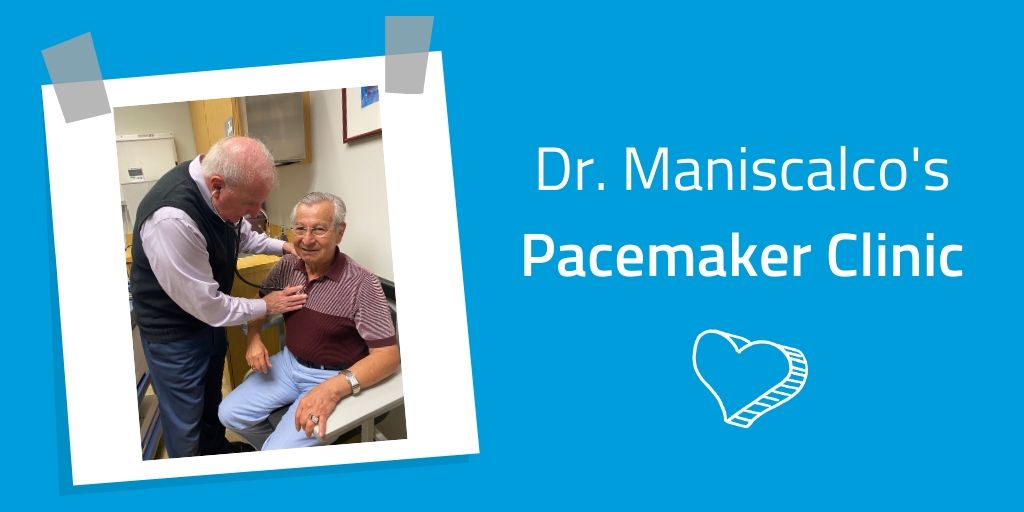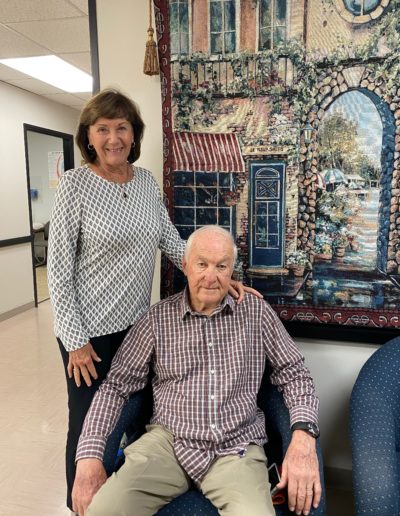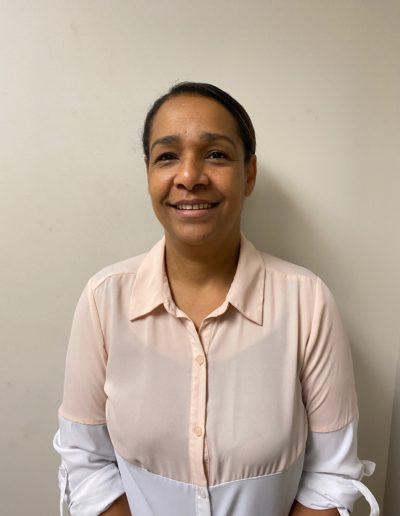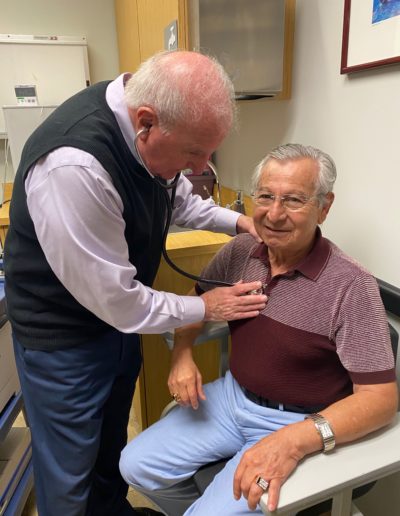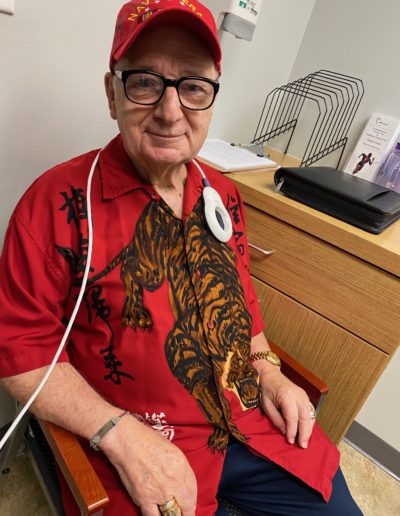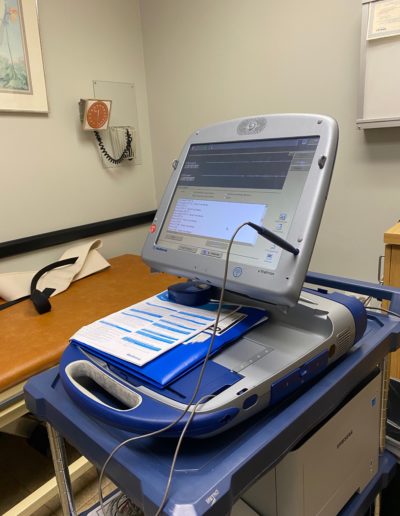Pacemaker vs Defibrillator
Some of the most common devices seen in patients at Dr. Maniscalco’s clinic are pacemakers and defibrillators. But what’s the difference between the two?
According to Terri Farmer, Medtronic device check specialist, patients qualify for a pacemaker when they cannot maintain a normal heart rate. This is shown through a low heart rate or pauses in heart rate. On the other hand, patients require a defibrillator when they have weaker heart muscles or muscle damage to the heart.
“These patients are at a greater risk for deadly heart rhythms, compared to pacemaker patients,” Terri explains. “If you have a strong heart muscle, you just get the pacemaker. If you have a weaker muscle, that’s when they qualify you for the defibrillator, which also has full pacemaker capabilities. So it’s a dual device, even though it’s a defibrillator.”
Pacemaker Maintenance
Although pacemakers are tiny, they’re intelligent devices. Recording 24/7, the devices track the heart’s activity and note irregular heart rates and other disturbances. Dr. Maniscalco’s patients go in for a check-up about every three months for defibrillators and every 6 months for pacemakers.
During a checkup, they access and interpret the information recorded by the pacemaker and check the battery of the device. The main thing they check for is the integrity of the wires to ensure nothing became dislodged, says Terri. Pacemakers don’t last forever; that’s why it’s critically important for patients to have regular check-ups to make sure they are protected.
The Life of a Pacemaker Patient
Life with a pacemaker or defibrillator doesn’t slow down patients. Instead, it allows them to live a more active, vibrant life.
Maria Tavares used to experience extreme dizziness and would faint. Finally, she was taken to the ER and found out that she needed a pacemaker. Since receiving a pacemaker 6 years ago, she hasn’t fainted or lost consciousness.
“Sometimes I would get very dizzy and would lose consciousness, but now with the pacemaker I am calm, I’m relaxed, and I no longer get dizzy or anything,” says Maria. “I am very well thanks to God.”
Patient Dr. Charles Parisi says he chose Dr. Maniscalco to be his cardiologist because as a physician himself, he can pick the best. He’s had a pacemaker since January of 2019.
“I live the same as I did before I had an implant,” says Dr. Parisi. “I work out every day. I’m gonna be 87 years old and I don’t feel it, I feel good.”
Care Matters
The care of a compassionate physician has the power to truly change lives.
“I’d like to thank Dr. Maniscalco for his help, for his kindness and for wanting to help because you almost never find people like that,” says Maria. “He’s a doctor but at the same time he’s a friend who gives you confidence.”
While his patients in Tampa are well cared for, knowing they can seek Dr. Maniscalco’s medical expertise at his clinic, there are millions of people in the world who desperately need a pacemaker and this kind of therapy to keep living. ForHearts Worldwide is dedicated to saving as many lives as possible by providing life-saving cardiac care. To support us in our mission, please consider making a donation today, it could be the reason why a woman, man or child lives today.
Walter Brooks and his wife Mary
Walter has had his defibrillator since 2013, but has been a patient of Dr. Maniscalco for about 30 years. Walter describes him as amiable, courteous and friendly.
Patient Maria Tavares
She describes Dr. Maniscalco as “a very trustworthy person, very kind, he explains things well and he gives you confidence in that everything will be fine.”
Dr. Maniscalco and patient Victor Aralijo
Victor has had a pacemaker for 7 months. He’s been going to the pacemaker clinic for years and he feels lucky to be treated well.
Patient Charles Parisi
After a complete heart block, he received a pacemaker. He says, “the Lord decided to keep me around a little longer.”

